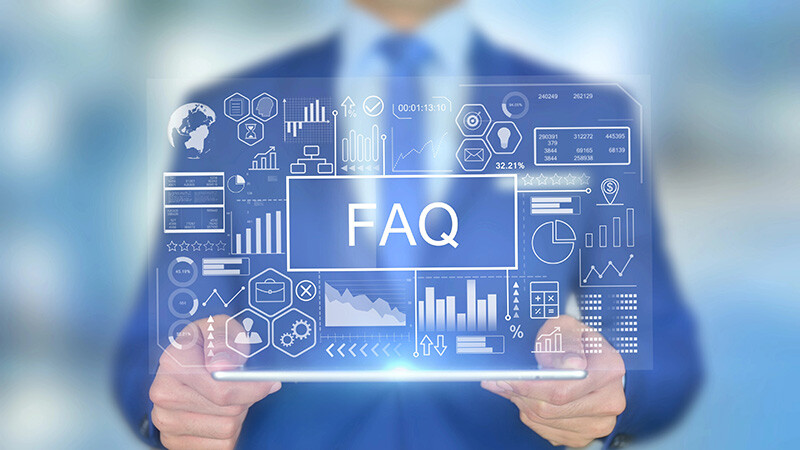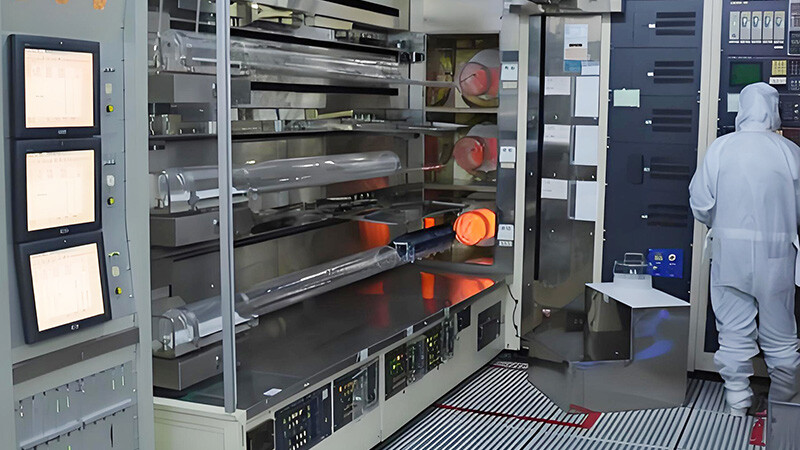Quick response to customer needs
Responding quickly to customer needs is the key to improving customer satisfaction and building long-term partnerships.
Optimize communication channels
Ensure customers can easily contact you through multiple channels (phone, email, instant messaging, etc.)
Establish Response Standards
Set clear response time standards to ensure team compliance
Implement Automation Systems
Utilize automation tools like auto-reply emails and chatbots to maintain timely communication
Priority Management
Prioritize requests based on urgency and importance of client needs
Team Collaboration
Ensure information sharing among team members to avoid duplicated work or missed client requests
Client Feedback Mechanism
Collect client feedback promptly after resolving their inquiries
Ongoing Training
Conduct regular training for sales and support teams to improve response efficiency
Efficient and fast after-sales service and technical support
Efficient and fast after-sales service and technical support are the key to improving customer loyalty and enhancing company competitiveness.

Build Multi-Channel Support System
Phone Support
Live Chat Support
Email and Ticketing System

Provide Self-Service Platform
FAQ Solutions
Knowledge Base and Tutorials

Streamline Issue Reporting Process
Offer clients a clear and simplified issue reporting procedure

Technical Support Team Training
Conduct regular training for technical support teams
Training covers both technical aspects and client communication skills

Issue Resolution Timeliness
Set timeframes for issue resolution
Support teams track and follow up on issue progress in real-time

Post-Sale Follow-up and Client Feedback
Conduct follow-ups after issue resolution to ensure satisfaction. Collect feedback to analyze common issues and optimize products/services

Implement Remote Diagnostics and Support
Use remote connection technologies (VPN, remote desktop) for quick technical issue diagnosis

Continuous Product Improvement
Regularly release updates and notify clients about enhancements

Priority Management
Conduct performance evaluations for after-sales service teams

Enhancing After-Sales Service Management
Record customer after-sales service history, issue types, solutions, and feedback data
Timely and complete spare parts system
Establishing a timely and complete spare parts system is crucial to ensuring the efficiency of after-sales service, improving customer satisfaction and reducing equipment downtime.

● Establish a Scientific Spare Parts Management System
Spare Parts Classification
Data Management
● Optimize Inventory Management
Reasonable Inventory Levels
Inventory Auditing and Alert Systems
Inventory Turnover Analysis
● Supplier Management and Collaboration
Establish stable partnerships with quality suppliers
Rapid Response Mechanism
Multi-Channel Procurement
● Spare Parts Procurement and Replacement Strategies
Preventive Maintenance and Spare Parts Procurement
Dynamic Adjustment of Spare Parts Demand
● Intelligent and Automated Management
Utilize Smart Tools
Automated Replenishment
● Spare Parts Circulation and Distribution
Establish Central and Regional Warehouses
Logistics Support
● Fault Analysis and Spare Parts Demand Forecasting
Analyze Fault Types
Demand Forecasting
● Spare Parts Quality Control and Feedback Mechanism
Ensure Spare Parts Quality
Customer Feedback Mechanism
● Employee Training and Process Standardization
Train Warehouse Management and Technical Personnel
Standardize Processes
● Data Analysis and Feedback
Conduct regular data analysis on the spare parts management system, evaluate inventory efficiency, procurement accuracy, and response speed, and continuously optimize spare parts management strategies.
Strong and continuous process development support
In the microelectronic equipment and high-tech manufacturing industries, process optimization and innovation can significantly improve product quality, reduce costs, and enhance the market competitiveness of enterprises.

Professional process development team
Interdisciplinary Team
Ongoing training and development
Strengthen R&D investment and resource allocation
Increase R&D budget
Establishing R&D laboratory
Continuous technical monitoring and trend analysis
Technical monitoring
Competitor Analysis
Optimize production processes and process parameters
Process standardization
Parameter Optimization
Advanced testing and characterization techniques
High precision testing equipment
Real-time monitoring
Process development oriented to customer and market needs
Customer feedback
Product customization support
Improving process development efficiency through digitalization and automation
Computer-aided design (CAD) and simulation technology
Artificial Intelligence and Machine Learning
Continuous process improvement and innovation culture
PDCA cycle (Plan-Do-Check-Act)
Encourage innovation and trial and error
Efficient supply chain and production collaboration
Collaboration with suppliers
Cross-departmental collaboration
Quality Control and Process Validation
Process Validation
Quality Management System
Internationalization and collaborative innovation
International Cooperation
Open Innovation
Message Consultation

